SOURCE: RAUNAK KUNDE / NEWS BEAT / IDRW.ORG
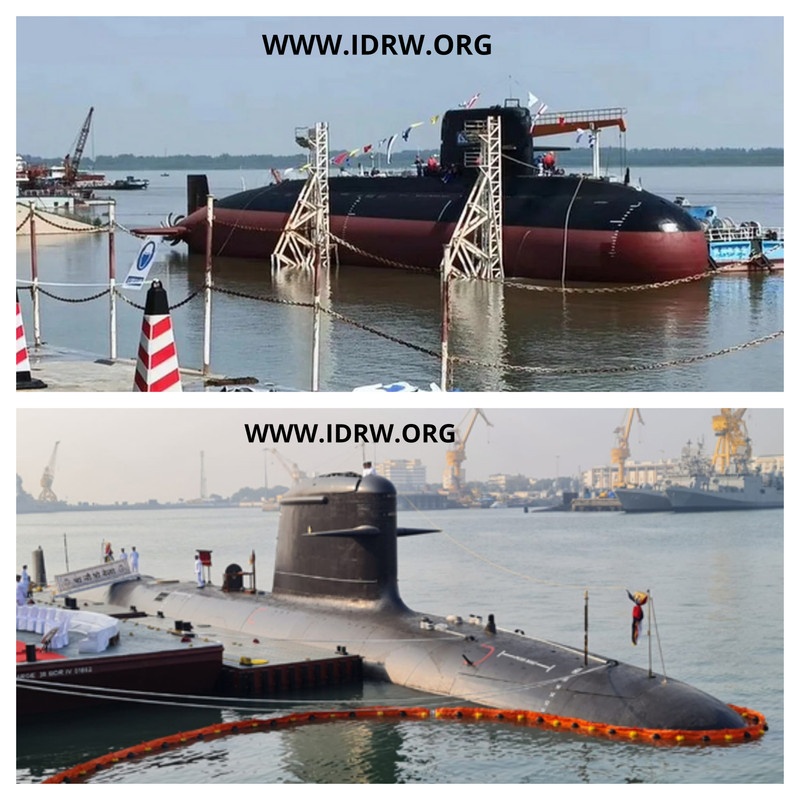
Pakistan’s Navy recently unveiled its latest acquisition, the Hangor-class submarines, built by China. These submarines come at a significantly lower price point compared to India’s planned procurements, raising questions about the strategic approaches of both nations.
Pakistan’s Hangor-class submarines boast a price tag of just $410 million each. This affordability comes with a caveat – the German MTU engines originally planned were denied export by Germany, leading to the use of Chinese diesel engines. While details are limited, these engines might have lower performance or require more frequent maintenance.
Continue readingSOURCE: RAUNAK KUNDE / NEWS BEAT / IDRW.ORG
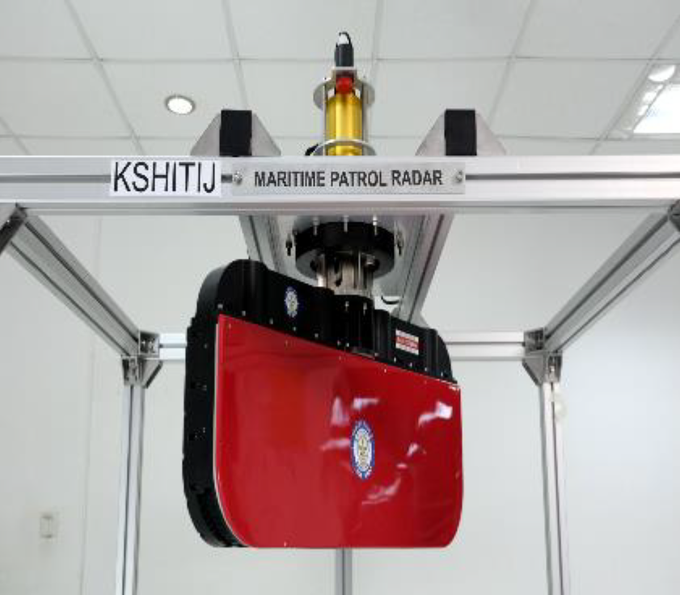
In a significant leap towards bolstering maritime surveillance capabilities, India has introduced the ‘KSHITIJ’ X-Band Active Electronically Scanned Array (AESA) radar. Developed by the Electronics & Radar Development Establishment (LRDE), this cutting-edge radar system is set to be a cornerstone in India’s maritime patrol efforts, enhancing the detection and monitoring of maritime activities.
The KSHITIJ radar is an advanced system designed for superior maritime surveillance. It features AESA technology, which offers several advantages over traditional radar systems, including faster target detection, improved tracking accuracy, and greater resistance to electronic countermeasures. This technology enables the radar to scan large areas quickly and efficiently, providing real-time data critical for maritime security operations.
Continue readingSOURCE: IDRW.ORG

Suhas Tejaskanda, founder of Flying Wedge Defence & Aerospace, has announced the imminent commencement of developmental trials for the FWD-200B. This drone, touted as India’s first indigenously developed bomber UAV (Unmanned Aerial Vehicle), has garnered significant attention.
The company initially faced criticism for unveiling a low-cost Mock-up model of the FWD-200B, constructed with materials like wood and steel instead of the real Prototype. FWD-200B fuselage was also seen a bit on the chunky side with a large fuselage volume without clear explanation for such large fuselage volume.
Continue readingSOURCE: IDRW.ORG.

Indian defence startup Big Bang Boom Solutions (BBBS) recently conducted a successful live demonstration of their man-portable Vajra Sentinel System for senior officials of the Royal Air Force of Oman. This showcase highlights India’s growing prowess in indigenous defense solutions.
The Vajra Sentinel System is designed to address the burgeoning threat of drones in modern warfare.
Continue readingSOURCE: RAUNAK KUNDE / NEWS BEAT / IDRW.ORG

The Indian Air Force (IAF) is undergoing a significant modernization effort, with plans to simplify its fighter jet fleet in the coming decades. Currently, the IAF operates a diverse range of aircraft, including MiG-21s, Mirage-2000s, Jaguars, MiG-29s, Rafales, and Su-30MKIs. This variety presents logistical and training challenges.
The IAF aims to streamline its fleet to just five fighter jet types within the next 20 years. This will involve the gradual phasing out of older jets like the MiG-21, Mirage-2000, Jaguar, and MiG-29.
Continue readingSOURCE: RAUNAK KUNDE / NEWS BEAT / IDRW.ORG

Hindustan Aeronautics Limited (HAL) is setting its sights on a potential helicopter deal with Argentina, following the South American nation’s decision to acquire American F-16 fighter jets instead of the Indian Tejas.
This comes after a promising visit in 2022, where a high-level Argentinian delegation led by Lt Gen Juan Martin Paleo, Joint Chief of Staff of the Argentine Armed Forces, toured HAL facilities in Bangalore.
Continue readingSOURCE: RAUNAK KUNDE / NEWS BEAT / IDRW.ORG
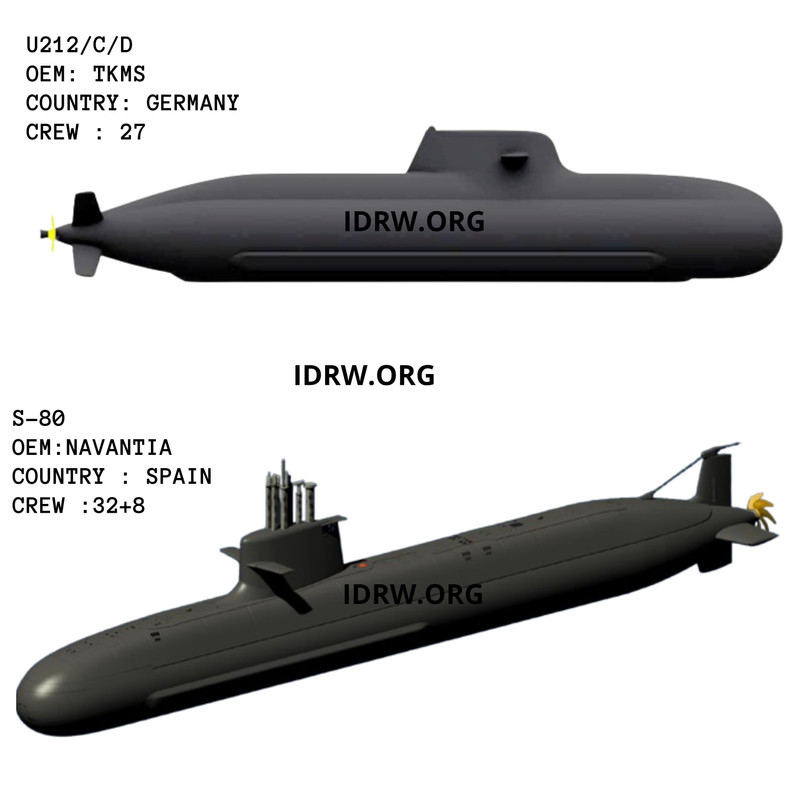
India’s most critical submarine acquisition project, Project 75 (India) or P75(I), faces fresh delays due to a hurdle related to a key criterion. Potential foreign vendors are struggling to meet this requirement, impacting the project’s timeline.
The program aims to construct six advanced conventional submarines with superior sensors, weapons, and a vital technology – Air Independent Propulsion (AIP). This technology allows submarines to stay underwater for extended durations without surfacing, enhancing their stealth and operational range.
Continue readingSOURCE: IDRW.ORG.

The Visakhapatnam naval dockyard, a crucial hub for the Indian Navy on the eastern coast, is undergoing a significant infrastructure upgrade. Recent satellite imagery reveals ongoing construction of a modern integration and assembly facility, hinting at potential support for future nuclear submarine production. Additionally, the completion of an auxiliary weapons handling wharf marks a vital step in servicing the Indian Navy’s ballistic missile submarines and submersible missile test barges.
The integration and assembly facility, currently under construction, is shrouded in some secrecy. However, its characteristics suggest it could play a vital role in the production and maintenance of complex vessels, possibly including nuclear submarines. This development aligns with India’s ambitious plans to bolster its nuclear deterrence capabilities, and the Visakhapatnam dockyard, with its established expertise, is a prime candidate to support such endeavors.
Continue readingSOURCE: IDRW.ORG.

The LCA Tejas Mk1 has recently been spotted with the ASRAAM (Advanced Short Range Air-to-Air Missile), marking it the third Close Combat Missile (CCM) under testing for the platform. This development follows the successful testing and validation of the Russian R-73 and Israeli Python-5 CCMs. The integration of these three different CCMs from distinct countries and manufacturers significantly enhances the Tejas Mk1’s combat versatility and complicates adversaries’ countermeasures due to the diverse infrared (IR) sensor technologies and functionalities of each missile system.
Modern aerial warfare relies heavily on electronic countermeasures (ECMs) that can potentially jam or confuse missile guidance systems. By incorporating three distinct CCMs, the Tejas Mk1A makes it more difficult for adversaries to develop a single, effective countermeasure.
Continue readingSOURCE: IDRW.ORG.

Recent analysis of imagery collected over Shigatse Air Base in China reveals the deployment of at least six J-20 stealth fighter jets alongside eight J-10 fighters and a KJ-500 airborne early warning and control aircraft. This deployment signifies a strategic move by China to strengthen its airpower near the disputed Line of Actual Control (LAC) with India.
The J-20 is China’s most advanced fighter jet, boasting stealth capabilities that can potentially disrupt India’s air defense systems. This deployment comes amid ongoing tensions between the two countries following the 2020 Galwan Valley clash.
Continue readingSOURCE: RAUNAK KUNDE / NEWS BEAT / IDRW.ORG
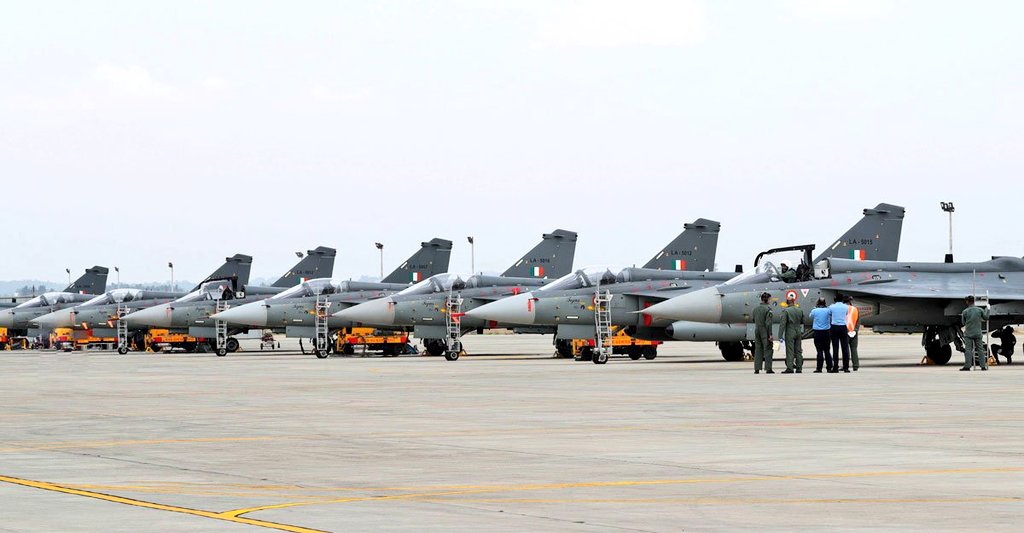
The Indian Air Force (IAF) is poised to welcome its newest fighter jet, the Tejas Mk1A, with the formation of the first squadron later this year. This indigenous aircraft marks a significant milestone in India’s self-reliance efforts in the defence sector.
According to sources at idrw.org, the first Tejas Mk1A squadron will be operational by the end of 2024 at Nal Air Force Station in Rajasthan, bordering Pakistan. Following the success of the first squadron, the IAF plans to establish a second squadron at Naliya Air Base in Kutch, Gujarat, further strengthening its aerial presence along the western frontier.
Continue readingSOURCE: RAUNAK KUNDE / NEWS BEAT / IDRW.ORG
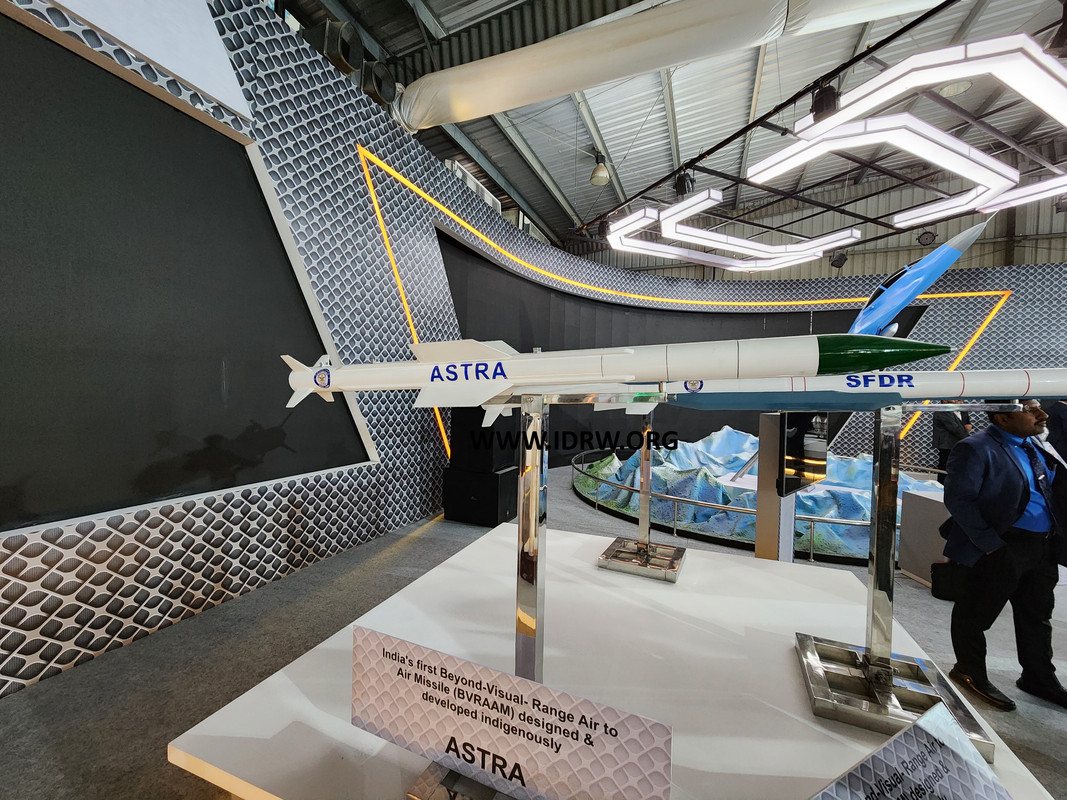
India and France are gearing up for joint trials of the Astra missile on Rafale fighter jets later this year. The trials will begin with captive flight tests, where the missile is carried but not launched, and progress to live firing exercises likely starting next year.
This development follows a 2022 Memorandum of Understanding (MoU) signed by Bharat Dynamics Limited (BDL) and Dassault Aviation Ltd. This agreement paves the way for integrating Indian-made weapon systems onto the Rafale jets.
Continue readingSOURCE: RAUNAK KUNDE / NEWS BEAT / IDRW.ORG
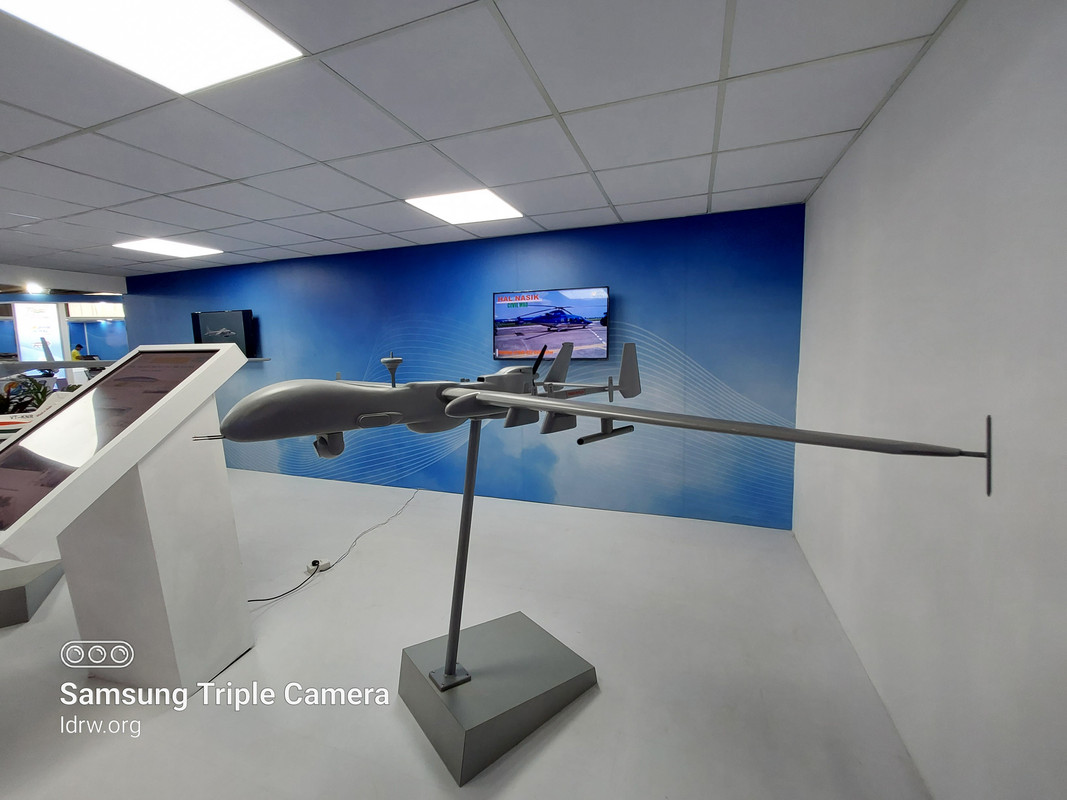
India’s military is acquiring advanced unmanned aerial vehicles (UAVs) to enhance its surveillance and tactical capabilities. This comes after Adani Defence delivered four indigenously-produced Hermes-900 drones, procured by the Indian Army and Navy.
The Hermes-900 is a medium-sized, multi-payload, long-endurance UAV designed for tactical missions. The Indian Air Force (IAF), however, opted for the Heron Mk II, a medium-altitude, long-endurance (MALE) UAV, acquiring four units.
Continue readingSOURCE: IDRW.ORG.
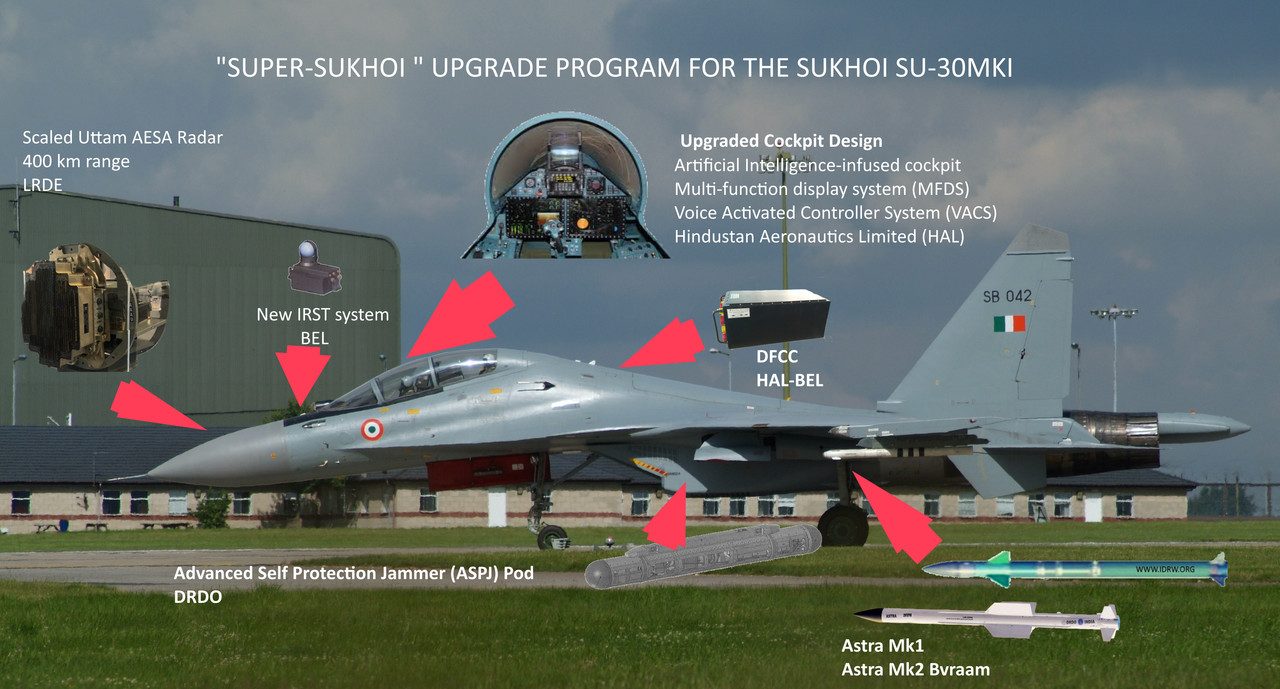
Hindustan Aeronautics Limited (HAL), India’s state-owned aerospace and defense company, is set to spearhead a significant upgrade program for the Indian Air Force’s Su-30MKI fighter jets. This news comes from HAL’s Q4 FY2023-24 earnings report and signifies a major step towards self-reliance in the Indian defense sector.
The earnings report highlights HAL’s designation as the lead agency for the Super Su-30MKI upgrade program. HAL will play a central role in managing the project, overseeing collaborations with Indian vendors, and ensuring the program’s successful execution.
Continue readingSOURCE: IDRW.ORG.

Hindustan Aeronautics Limited (HAL), the Indian aerospace and defense major, has allocated significant funds towards the development of two crucial helicopter programs in its Q4 FY2023-24 earnings report.
The report details a ?4,000 crore budget earmarked for the Indian Multi-Role Helicopter (IMRH) program. This versatile platform is envisioned to fulfill various military roles, including troop transport, combat search and rescue, and reconnaissance missions. The IMRH’s development aims to reduce dependence on foreign helicopters and replace Mi-17 helicopter fleet and equip the Indian Armed Forces with a domestically produced, advanced multi-role platform.
Continue reading